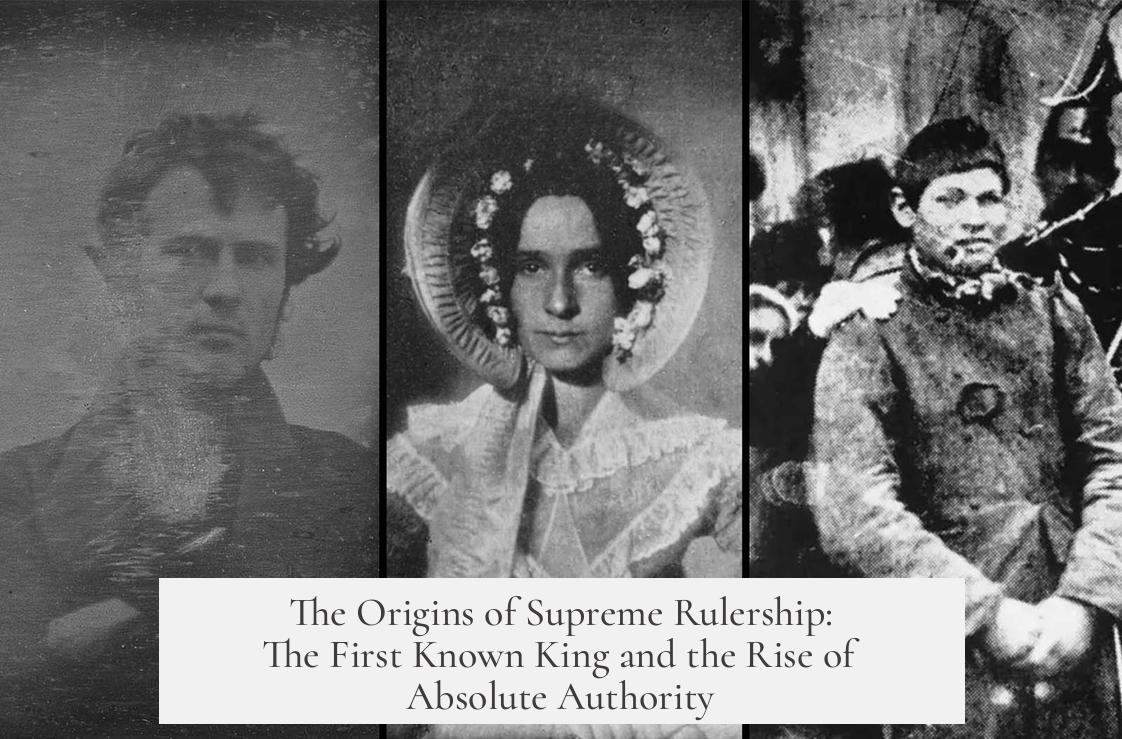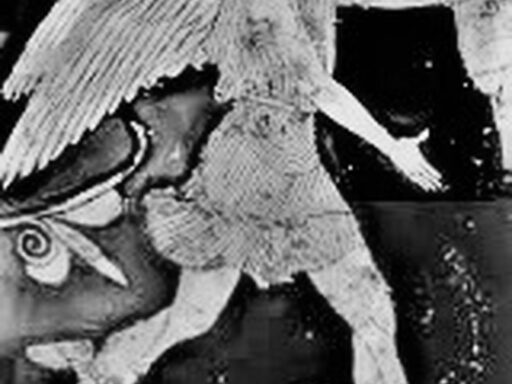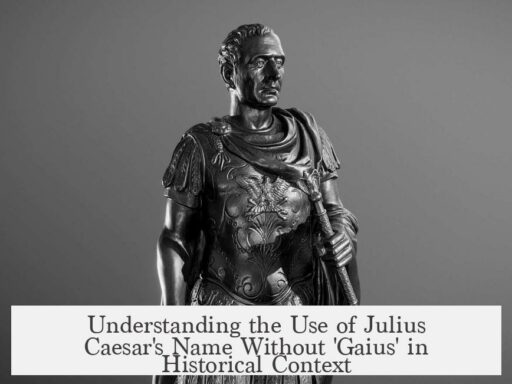The earliest known king with ultimate rule over his people is Enmebaragesi, the king of Kish around 2600 BC, confirmed through archaeological evidence outside ancient texts. The concept of a single supreme ruler evolved over millennia as societies shifted from egalitarian to hierarchical, driven by economic specialization, social capital, religious authority, and control over resources.
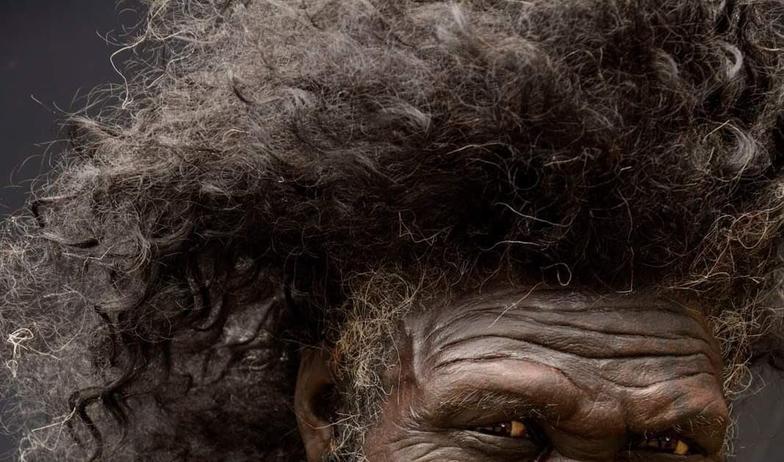
The Sumerian King List, an ancient document from Mesopotamia, provides the earliest known record of kingship. Although it mixes myth with history—listing kings with impossibly long reigns—it eventually transitions to credible historical figures. Enmebaragesi stands out as the first historically verified monarch on this list. His documented campaign against Elam (modern southwestern Iran and southern Iraq) marks a substantive example of centralized power and territorial control in recorded history.
Before Enmebaragesi, the list names Alulim, regarded as the first king of Eridu, possibly the world’s oldest city. However, Alulim’s existence lacks external corroboration, positioning Enmebaragesi as the earliest indisputable king holding supreme authority.
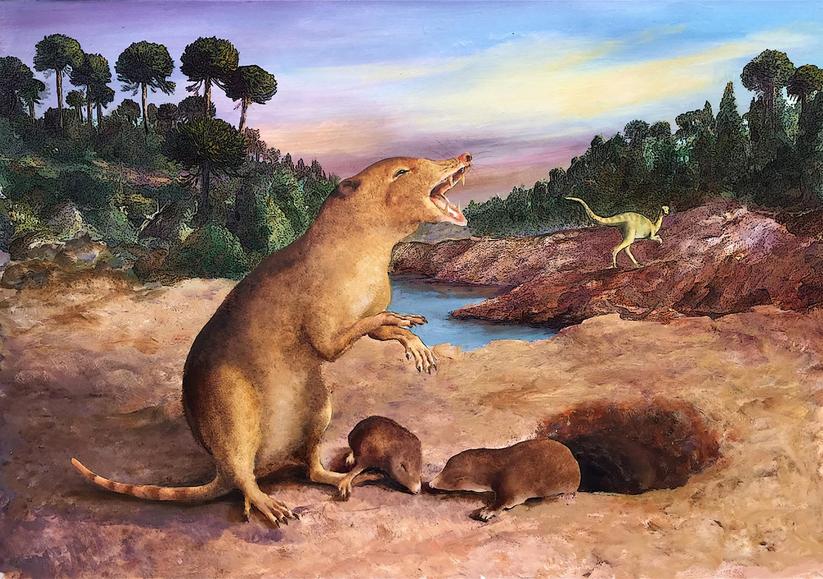
The rise of such supreme rulers parallels broad social transformations. Early human communities were largely egalitarian, with shared responsibilities and decision-making. For instance, San José Mogote, an ancient Mesoamerican settlement, transitioned from communal governance to hereditary chieftainship within less than a millennium.
- Originally, all community members produced food collectively.
- Improved agriculture reduced labor demands, enabling some to specialize.
- Specialists emerged offering unique skills, like toolmaking and pottery.
- Specialization triggered economic inequality, with wealthier individuals accumulating more resources.
This economic differentiation was a key driver in establishing hierarchical power. Specialists and elites controlled vital goods and services, reducing competition in niche areas and gaining greater influence. Archaeological evidence shows disparities in household sizes and possessions, illustrating emerging social stratification.
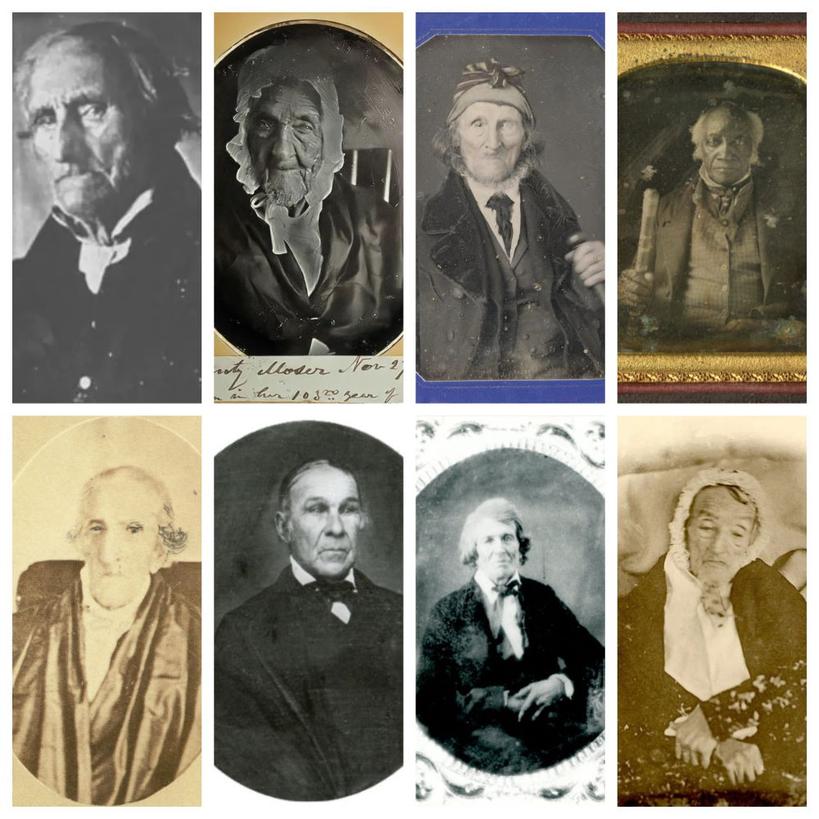
But power extended beyond economics. Social capital—networks of relationships—and cultural capital—including symbols, rituals, and religion—bolstered elite status. The wealthy hosted ritual feasts and gave gifts, generating social obligations and debts among community members. These exchanges reinforced elite authority and allowed power to remain within families across generations.
Access to exotic goods further reinforced supremacy. The elites of San José Mogote, for instance, traded for rare jade—an item valued akin to diamonds in later societies. This mineral functioned as a symbol of sacred and political authority. Elite burials containing jade and other luxury items confirmed the link between material wealth and status.

Religious structures and rituals also legitimized rulers’ power. Enlargements of communal temples into monumental pyramids connected early kings to divine authority. These religious centers became focal points for community life and reinforced the sacred nature of rulership.
As the elite consolidated power, they replaced communal governance with hereditary and centralized authority. In San José Mogote, the destruction of public meeting halls and construction of large elite residences signaled the end of collective decision-making. This shift also introduced practices like human sacrifice, further cementing elite dominance.
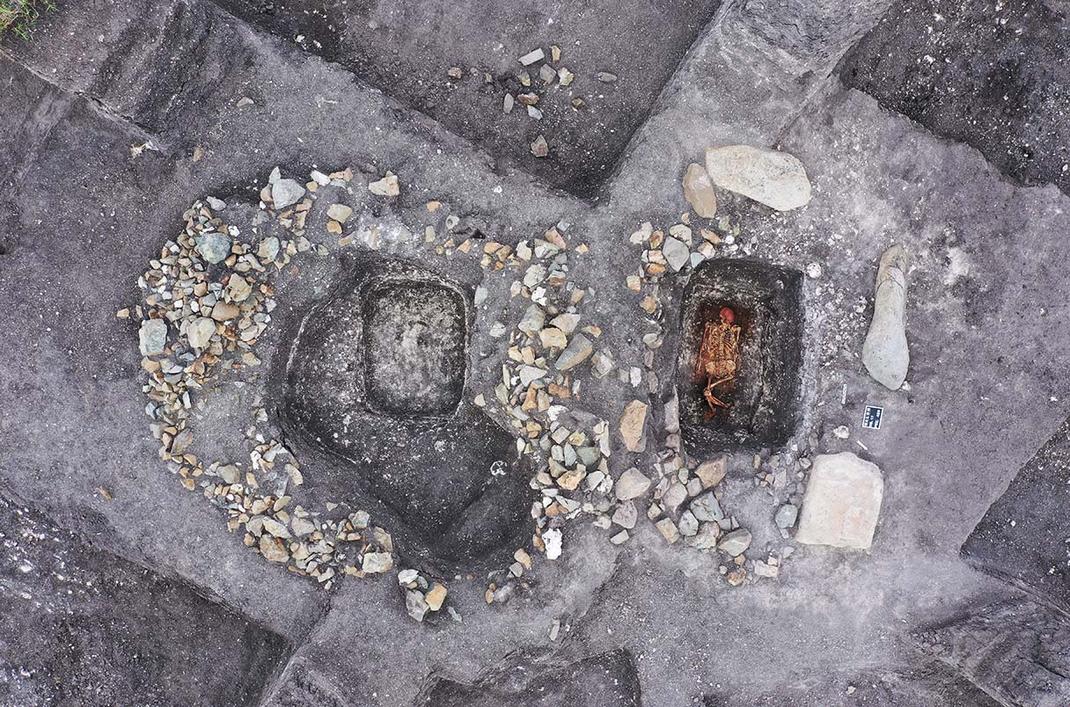
This pattern of power concentration was not unique to Mesoamerica. Across the globe, the transition from small egalitarian groups to complex societies involved:
- Agricultural innovation freeing labor for specialized roles.
- Development of trade routes and access to rare goods.
- Creation of social hierarchies based on economic and social capital.
- Use of religion and ritual to legitimize ruling classes.
- Emergence of hereditary leadership with centralized control.
Several factors made the idea of a single supreme ruler appealing or inevitable:
- Efficiency in decision-making: Centralized authority expedited responses to external threats and internal organization.
- Management of resources: A single ruler could control surplus production and redistribute resources to maintain stability.
- Social cohesion: Rulers embodied cultural and religious ideals, uniting diverse populations.
- Inheritance and legitimacy: The passing of power within families established continuity.
The earliest kings, such as Enmebaragesi, exemplify the stage when mythic and historical rule overlapped, eventually giving way to more defined monarchies. The consolidation of power was a complex process involving economic changes, social networks, religious significance, and political innovation.
| Aspect | Impact on Rise of Supreme Ruler |
|---|---|
| Agricultural surplus | Freed labor, allowed specialization |
| Economic inequality | Created social hierarchies |
| Social capital | Established loyalty and obligations |
| Cultural capital (ritual, symbols) | Legitimized rulers spiritually |
| Access to exotic goods | Displayed wealth and status |
| Hereditary succession | Ensured political stability |
- The earliest confirmed king is Enmebaragesi of Kish (~2600 BC), marking a pivotal point in centralized monarchy.
- Transition from egalitarian societies to hierarchies followed economic specialization and social differentiation.
- Social and cultural capital reinforced elite status beyond mere wealth.
- Religion and exotic goods legitimized rulers and symbolized authority.
- Consolidation of power ended communal governance, leading to hereditary supreme rulers.
Who is the Earliest Known “King” with Ultimate Rule Over His People, and How Did the Idea of a Single Supreme Ruler Become So Popular?
The earliest known “king” with ultimate rule is Enmebaragesi, the king of Kish around 2600 BC, confirmed by outside historical records. His reign is documented as a time when he subdued the land of Elam, which today covers parts of southwestern Iran and southern Iraq. Although the idea of kings ruling for thousands of years appears mythological, Enmebaragesi marks the transition from legend to history in ancient Sumer.
Before diving deeper into Enmebaragesi and the concept of kingship, let’s rewind to the fascinating Sumerian King List. This ancient record names Alulim as the first king of Eridu, arguably the world’s oldest city. Alulim is likely more myth than man, lingering in a twilight zone of oral tradition and legend. The List claims kings reigning for millennia, a clear exaggeration. But its value is not diminished—it hints at a belief that rulers descended from gods. That in itself reveals the roots of supreme authority: a divine right, a cosmic endorsement of leadership.
So how does one man wield “ultimate rule” over others? And how did that notion evolve into societies widely accepting a single supreme ruler? Let’s explore the social mechanics that drove this transformation.
The Gradual Rise of Single Supreme Rulers
Imagine a time when everyone had roughly the same influence—a simple life governed by collective decisions. This was the case in early egalitarian societies. But then things change. Around 600 BC, places like San José Mogote in Mesoamerica begin to show signs of social hierarchy and concentrated power.
At San José Mogote, a hereditary chief emerges. This is not just any leader, but one who commands authority powerful enough to order executions arbitrarily. Scary stuff, right? But it begs the question: why surrender your say in community affairs? Why let one person hold such sway?
The answer lies in specialization and economic inequality. Early communities started as all-hands-on-deck farms. Everyone grew food. As agriculture improved, fewer people were needed for this task. This freed some folks to specialize in other jobs, such as toolmaking or pottery. These specialists didn’t compete with hundreds of farmers but had unique, scarce skills. They could, therefore, charge higher prices for their goods.
This economic edge created inequality. Archaeologists found that some houses were larger, richer, and filled with finer goods. Not everyone could be equal if wealth was accumulating unevenly.
Social and Cultural Power: Beyond Money
Now, being rich is good but not enough. A leader’s power also depends on social and cultural capital. This means who you know, who owes you favors, and the symbols you use to prove your status.
The elites held lavish parties and gifted generously within the community. This wasn’t just generosity; it was a clever way to build social debt. People felt obliged and indebted. This loyalty added layers to authority that money alone could not buy.
At the same time, these leaders gained rare exotic goods through trade. For instance, Olmec merchants brought jade—considered sacred and as valuable as diamonds. Only the wealthiest could afford such treasures, which, in turn, acted as visible badges of power.
The elites also funded giant religious structures, such as pyramids, that dominated the landscape and symbolized their sacred status. Their role entwined political and religious authority, reinforcing their supreme rule in the eyes of the people.
From Collective Authority to Nobility and Human Sacrifice
Breaking news in ancient governance: the era of everyone having a voice ends. Public meeting halls at San José Mogote were replaced by palaces. These buildings symbolized a new class of elite rulers who controlled the community decisively.
With this shift came darker practices like human sacrifice—a grim but powerful reminder that the ruler’s authority was absolute and divinely sanctioned. The noble class was no longer just leaders; they became mediators between humans and gods, further cementing their unchallenged status.
The Unique Angle: How History Moves from Myth to Reality in Kingship
When we ask about the earliest known king, we often stumble between myth and fact. The Sumerian King List straddles this divide cleverly, blending legends like Alulim and historical rulers like Enmebaragesi. This mix shows us that the idea of kingship grew from storytelling and divine ideas into concrete leadership backed by military might and social structures.
Enmebaragesi’s definitive existence contrasts with the mythical rulers before him. This helps scholars identify when kings turned from imagined godlike figures to real men exercising power over their neighbors and enemies.
The progression from a loose tribe or collective to a monarchy followed natural human tendencies: specialization, inequality, the need for defense, religious justification, and social debt. Each piece built upon the last until a single supreme ruler became not only acceptable but expected.
Why Did the Idea of a Single Supreme Ruler Catch On?
- Order and Stability: People crave predictable leadership, especially in troubling times. A supreme ruler promises security.
- Religious Legitimacy: If kings claim divine backing, questioning their decisions edges toward blasphemy.
- Economic Efficiency: Specialists and elites needed centralized administration to manage resources and trade.
- Social Cohesion: Rituals, festivals, and conspicuous consumption created bonds that centralized power reinforced.
Consider it a trade-off; people relinquished a piece of their personal agency for protection, prosperity, and shared cultural identity. Maybe not everyone agreed enthusiastically, but the system worked well enough to persist for millennia.
Practical Lessons from Ancient Kingship
Modern readers can draw parallels. Leadership—whether in businesses, governments, or communities—still depends on legitimacy beyond just power. Social networks, symbolic gestures, and trust remain crucial.
If you’re running a team, for instance, offering genuine rewards and building social capital goes a long way. Centralizing authority without earning respect, however, rarely survives long.
In short, kingship evolved because early leaders found ways to make their power seem natural, necessary, and—even divine. Whether ancient or modern, that strategy defines lasting authority.
Final Thoughts
The earliest confirmed supreme ruler, Enmebaragesi, opens a window onto ancient power dynamics. The journey from mythical long-lived kings like Alulim to real rulers marked a shift in how societies organized themselves. Kings rose because economic changes, social networks, and religion combined to centralize authority, creating a form of leadership that endures in various ways today.
Isn’t it intriguing how a story that started with gods and giants turned into real men commanding armies and building empires? And how a community’s willingness to let go of individual power in exchange for order shaped the future world? Now, every time you hear the word “king,” you know there’s a long tale behind it—stretching back to dusty lists on ancient clay tablets and social dynamics deeply woven into human nature.

